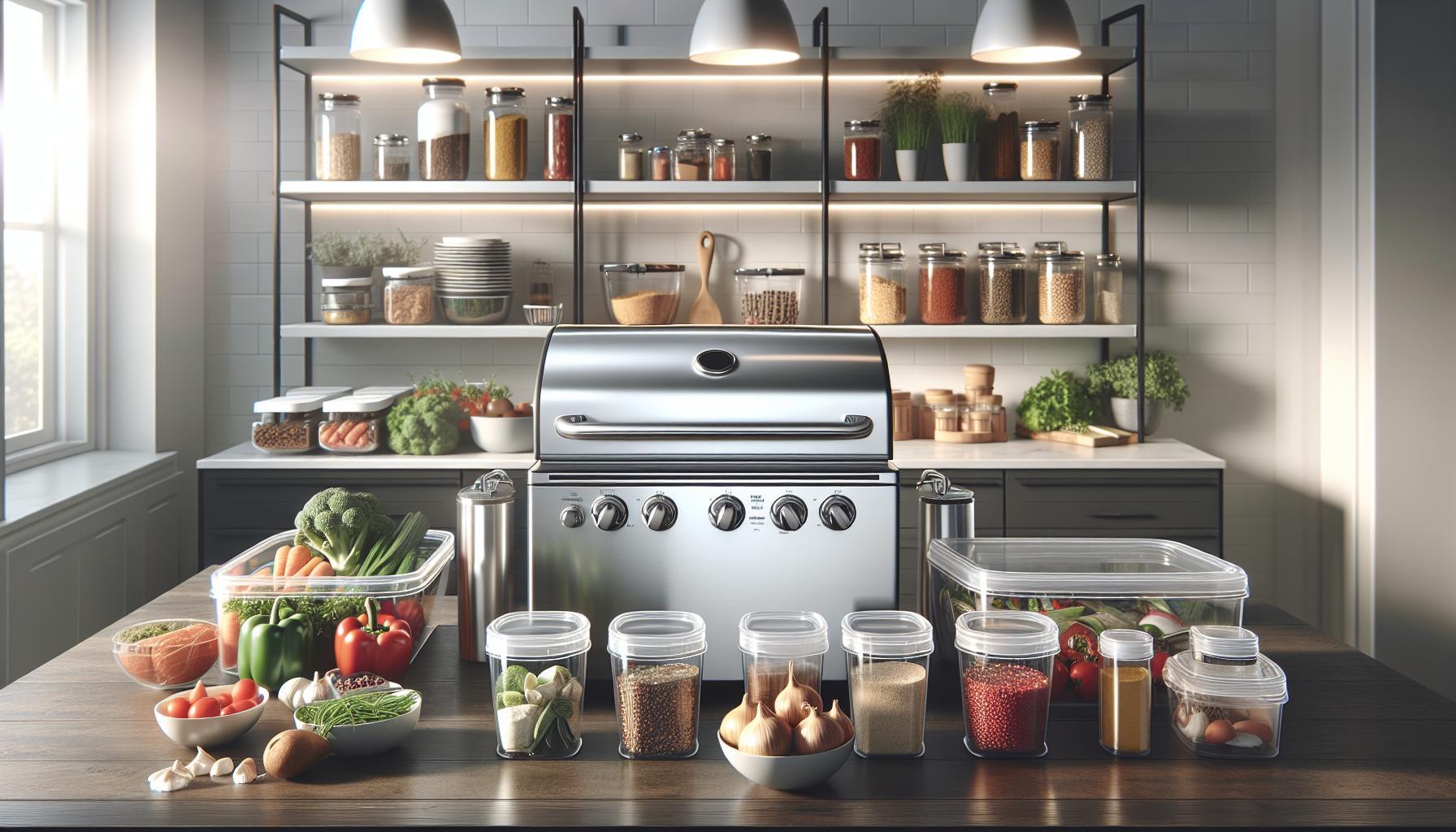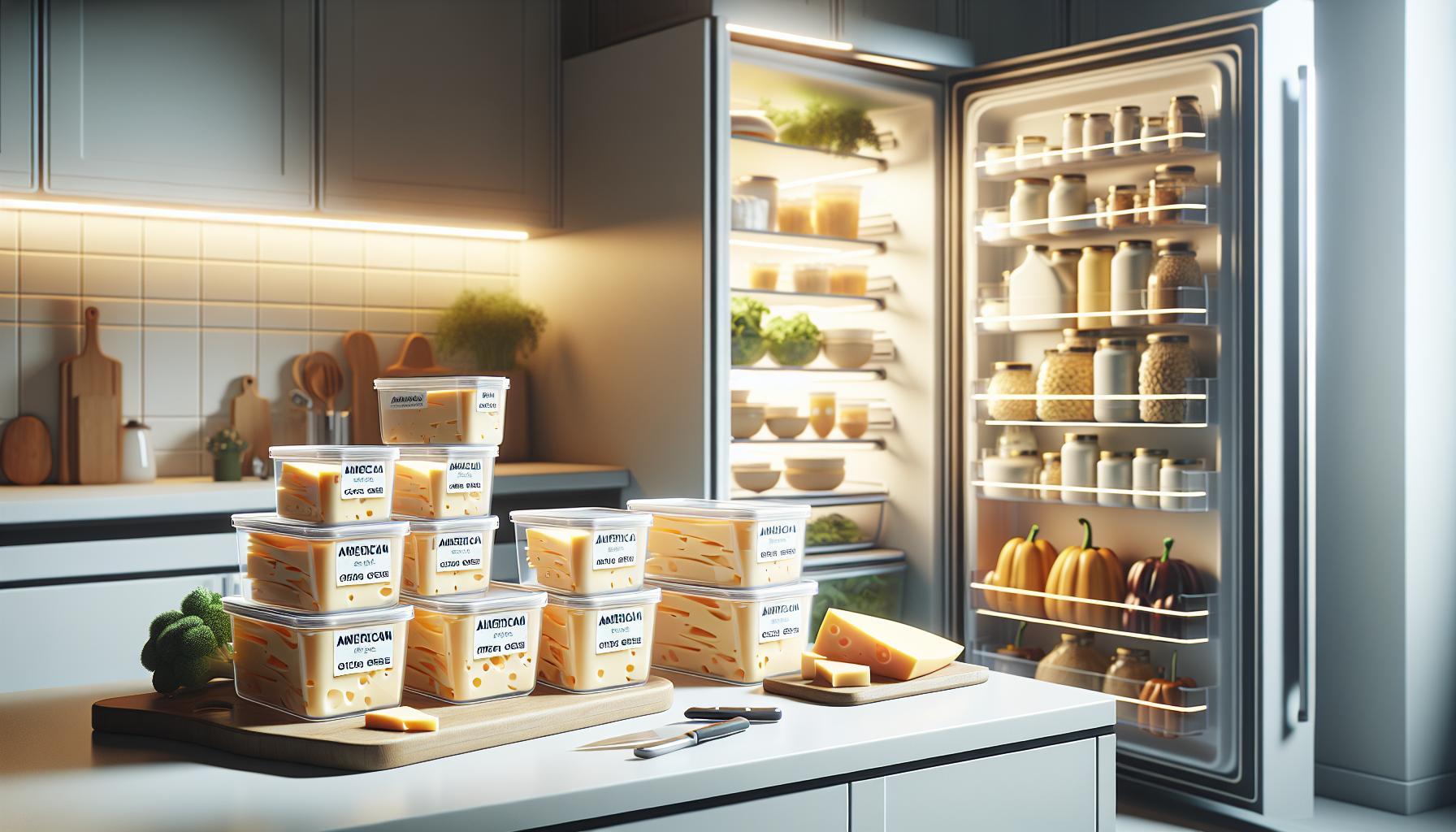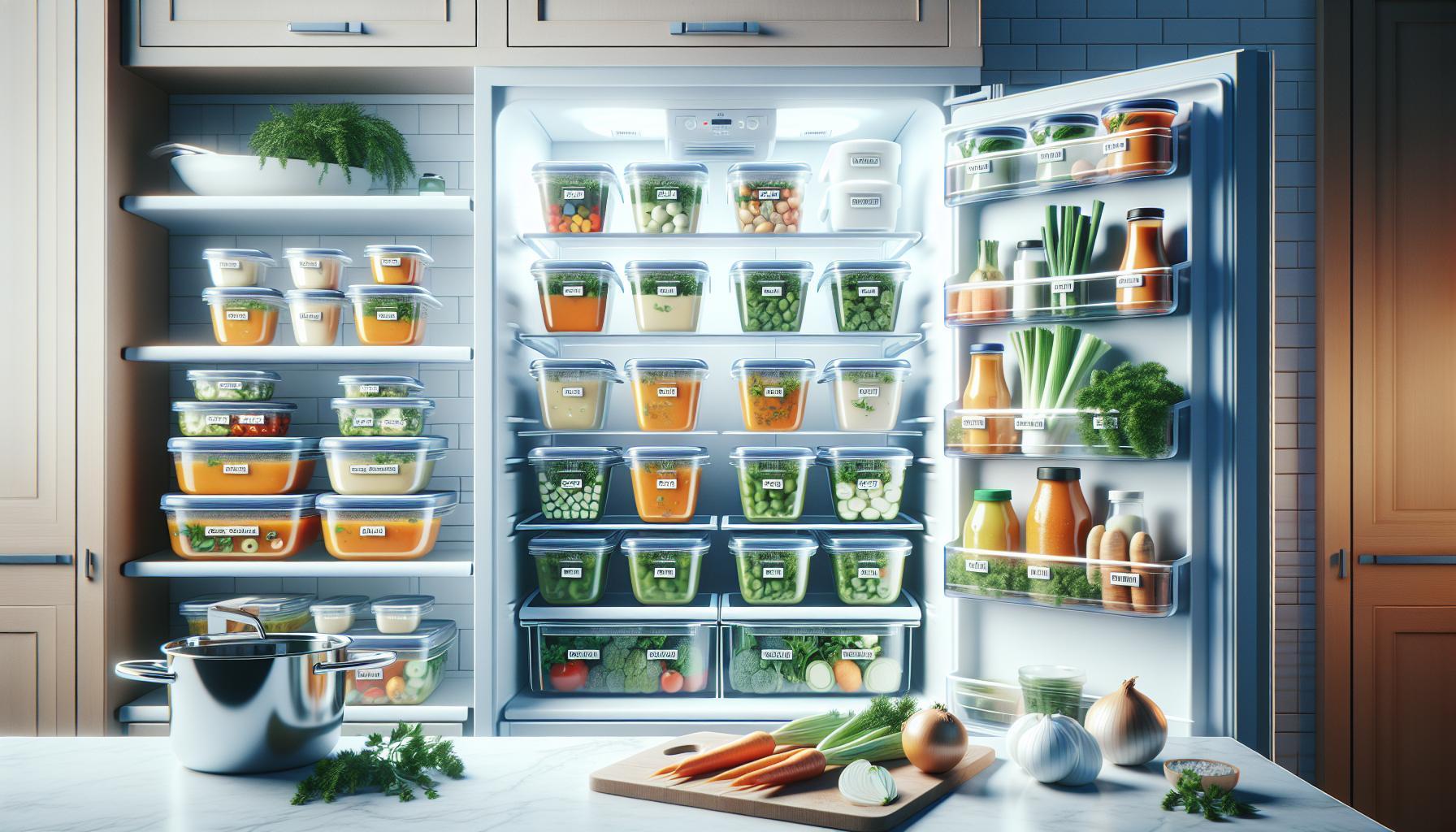Whether you’re hosting a summer barbecue or enjoying a quiet evening grilling your favorite meal, knowing how long propane lasts on your grill is crucial for uninterrupted cooking. Did you know that the size of your propane tank and the heat level you select can significantly impact burn time? Understanding these factors not only ensures you won’t run out mid-cookout but also helps you plan your grilling sessions more effectively.
As a grill enthusiast, the last thing you want is to face a sudden interruption while cooking. By learning about propane consumption and efficiency, you can avoid those frustrating moments and keep your guests satisfied. In this guide, we’ll explore the variables that determine propane longevity and offer practical tips for monitoring your fuel levels, so you can grill with confidence and enjoy every delicious bite without worry. Keep reading to discover how to maximize your grilling experience and keep the flames burning bright.
How Propane Fueling Works in Grills
Propane is a popular fuel choice for grilling, thanks to its efficiency and clean-burning properties. Understanding is essential for making the most of your outdoor cooking experience. At its core, propane is stored in pressurized tanks and is delivered to the grill via a regulator that controls the flow of gas. When the grill is ignited, a spark from the igniter or pilot light ignites the propane, producing a steady flame that can be adjusted easily by turning the knobs on the grill.
Regulating Propane Flow
The grill’s propane pressure regulator plays a crucial role in ensuring a consistent gas supply. It maintains the correct pressure for optimal combustion, which is vital for achieving the desired cooking temperature. If the pressure is too low, the flame may be weak, leading to uneven cooking. Conversely, high pressure can create a dangerous fire hazard. Regularly checking and maintaining the pressure regulator helps ensure safe and effective grilling.
- Safety First: Always check for leaks before igniting your grill. A simple soap and water solution applied to the connections can reveal any potential gas leaks.
- Burner Functionality: Make sure burners are clean and free from blockages. Dirty or clogged burners can restrict gas flow, affecting performance.
Grilling with propane not only provides convenience but also allows for precise temperature control and quick heat adjustments. Ensuring that you have a full tank and that the regulator and burners are functioning properly will help you enjoy uninterrupted grilling sessions. With propane, you can focus on creating delicious meals without the frustration of inconsistent heat or worrying about running out of fuel midway through your cookout.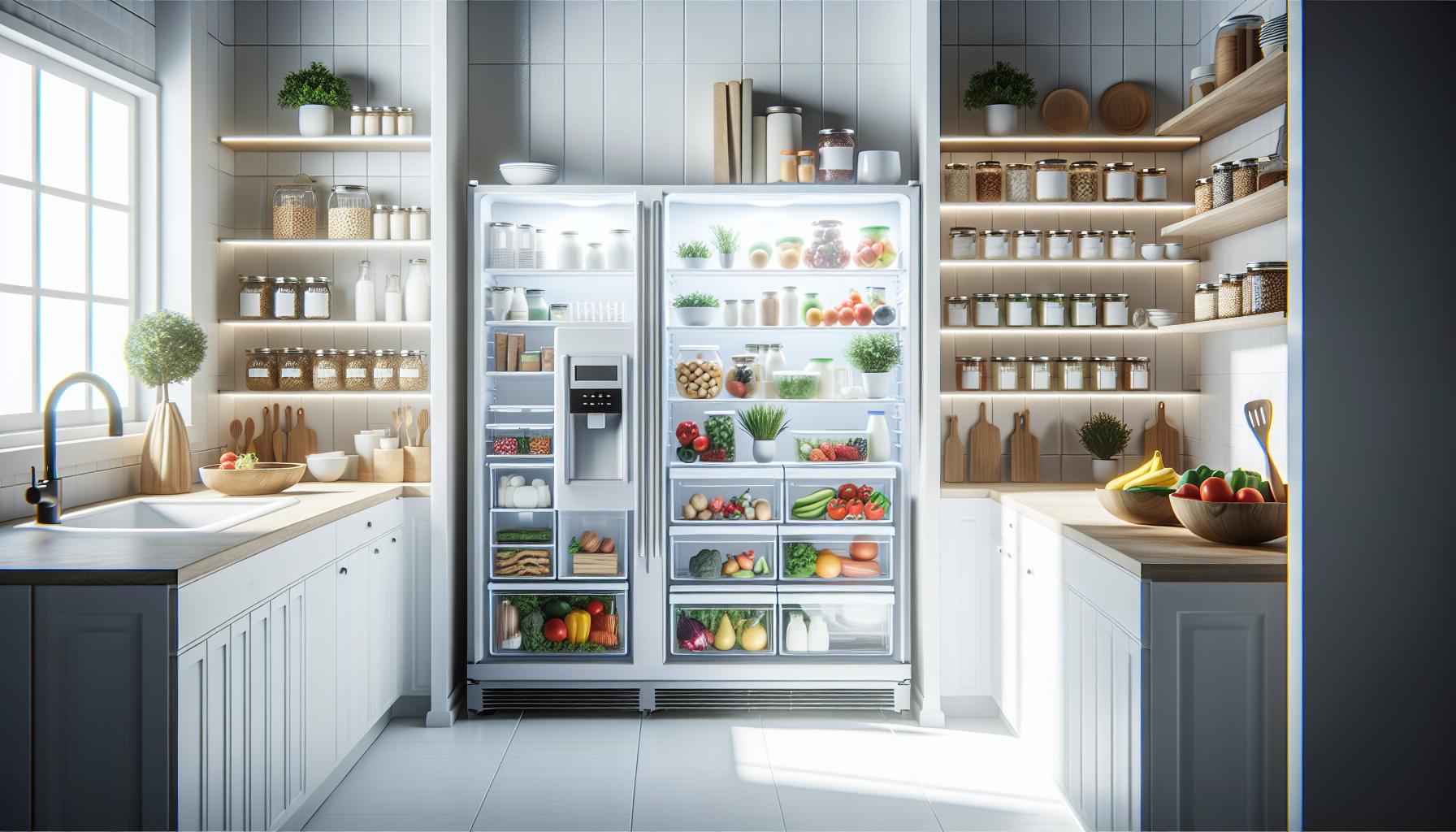
Factors Affecting Propane Consumption
The duration your propane lasts during grilling sessions hinges on several critical factors. Understanding these components can help you plan and enjoy seamless BBQ experiences without interruptions. First, the size of your propane tank plays a significant role. Standard tanks, typically holding 20 pounds of propane, can last anywhere from 18 to 30 hours of cooking time, depending on the heat setting and usage patterns.
Another major factor affecting propane consumption is the grill’s burner configuration and the heat settings you choose. A grill with multiple burners allows for greater versatility but can also lead to increased fuel usage if all burners are employed simultaneously. Using high heat settings for prolonged periods not only accelerates propane burn but can also dry out food. Conversely, grilling on lower heat settings for longer durations can efficiently extend your propane supply.
- Cooking Method: Using indirect grilling methods or cooking at lower temperatures can decrease propane consumption significantly.
- Weather Conditions: Cold or windy weather can lead to higher fuel usage since the grill has to work harder to maintain the desired temperature.
- Grill Efficiency: Regular maintenance, such as cleaning burners and ensuring there are no leaks, can enhance the efficiency of your grill, optimizing propane usage.
To maximize your propane tank’s longevity, consider preheating the grill efficiently and using a two-zone cooking method, which involves setting one side of the grill for high heat and the other for indirect cooking. This method not only conserves fuel but also allows for better control over cooking temperatures. Familiarizing yourself with these nuances can help ensure that your BBQ sessions are not only enjoyable but also fuel-efficient, keeping your grilling enthusiasm intact.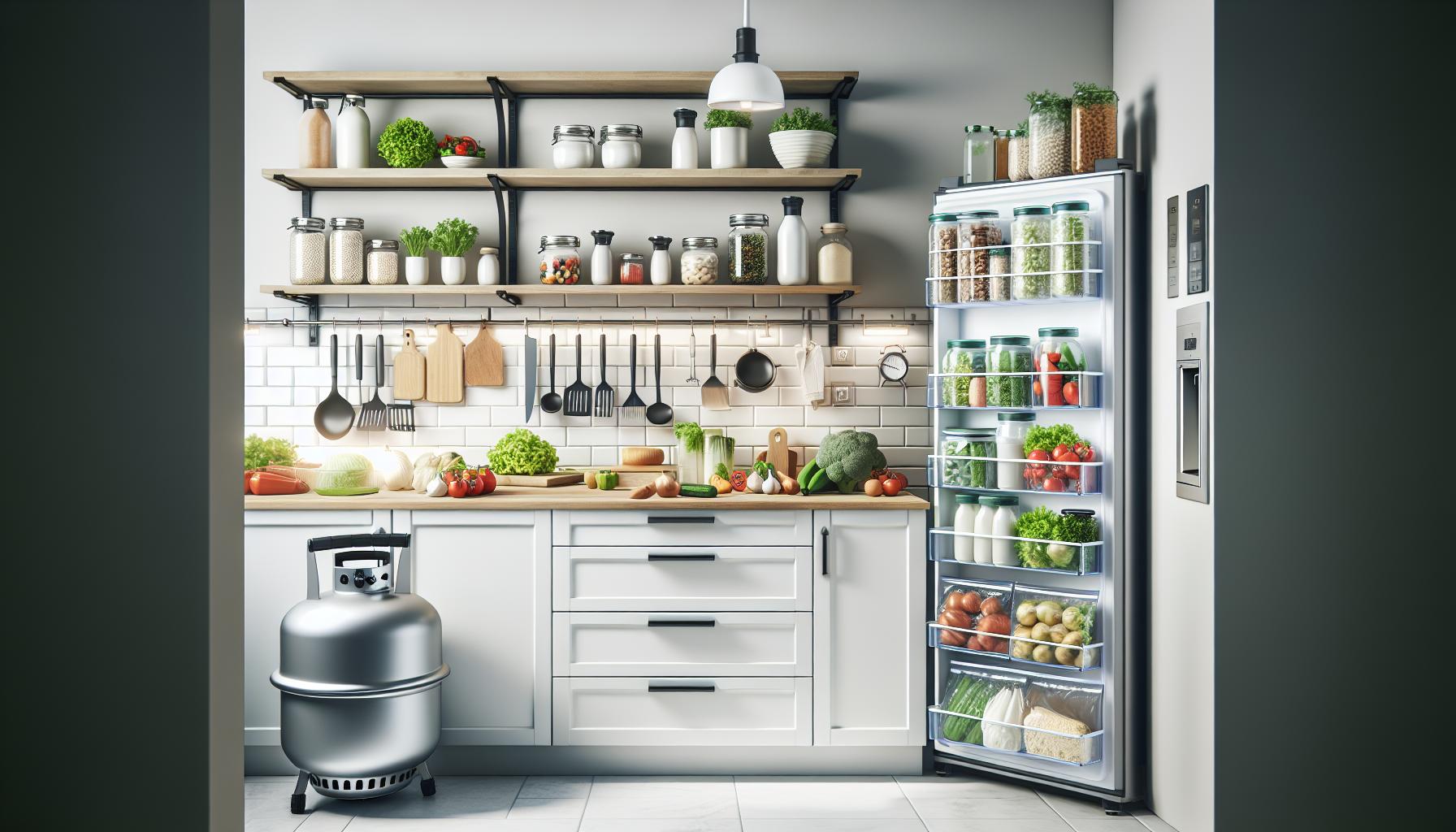
How to Calculate Propane Usage for Your Grill
Calculating propane usage for your grill is crucial to ensure an uninterrupted cooking experience. Understanding how to determine your propane consumption allows you to have a better grasp on managing your fuel supply, ensuring that you can cook without the anxiety of running out mid-burger flip.
To estimate how much propane your grill uses, start by knowing the BTU (British Thermal Units) rating of your grill. This rating is typically listed in your grill’s manual or on the manufacturer’s website and indicates how much heat the grill generates per hour. A standard gas grill often has a range of 30,000 to 60,000 BTUs.
| BTUs | Hours of Use per Tank (20 lbs) |
|---|---|
| 30,000 | Approx. 9 hours |
| 40,000 | Approx. 7 hours |
| 50,000 | Approx. 6 hours |
| 60,000 | Approx. 5 hours |
To calculate your estimated hours of usage per tank, use the following formula:
- Propane in a tank: A standard 20-pound propane tank contains about 430,000 BTUs of energy.
- Grill BTU rating: Divide the total BTUs in the tank by your grill’s BTU per hour output. For example, if you have a grill with a 40,000 BTU rating:
– 430,000 BTUs / 40,000 BTUs/hour = 10.75 hours of cooking time.
With this framework in mind, consider how you’re using the grill. The temperature setting and the number of burners in use impact propane consumption. Using all burners at high settings will consume propane more quickly than utilizing just one burner on medium or lower settings.
By being mindful of these calculations and adjustments, you can plan your grilling sessions to fit your propane supply, making sure that you can delight in an uninterrupted BBQ experience with family and friends.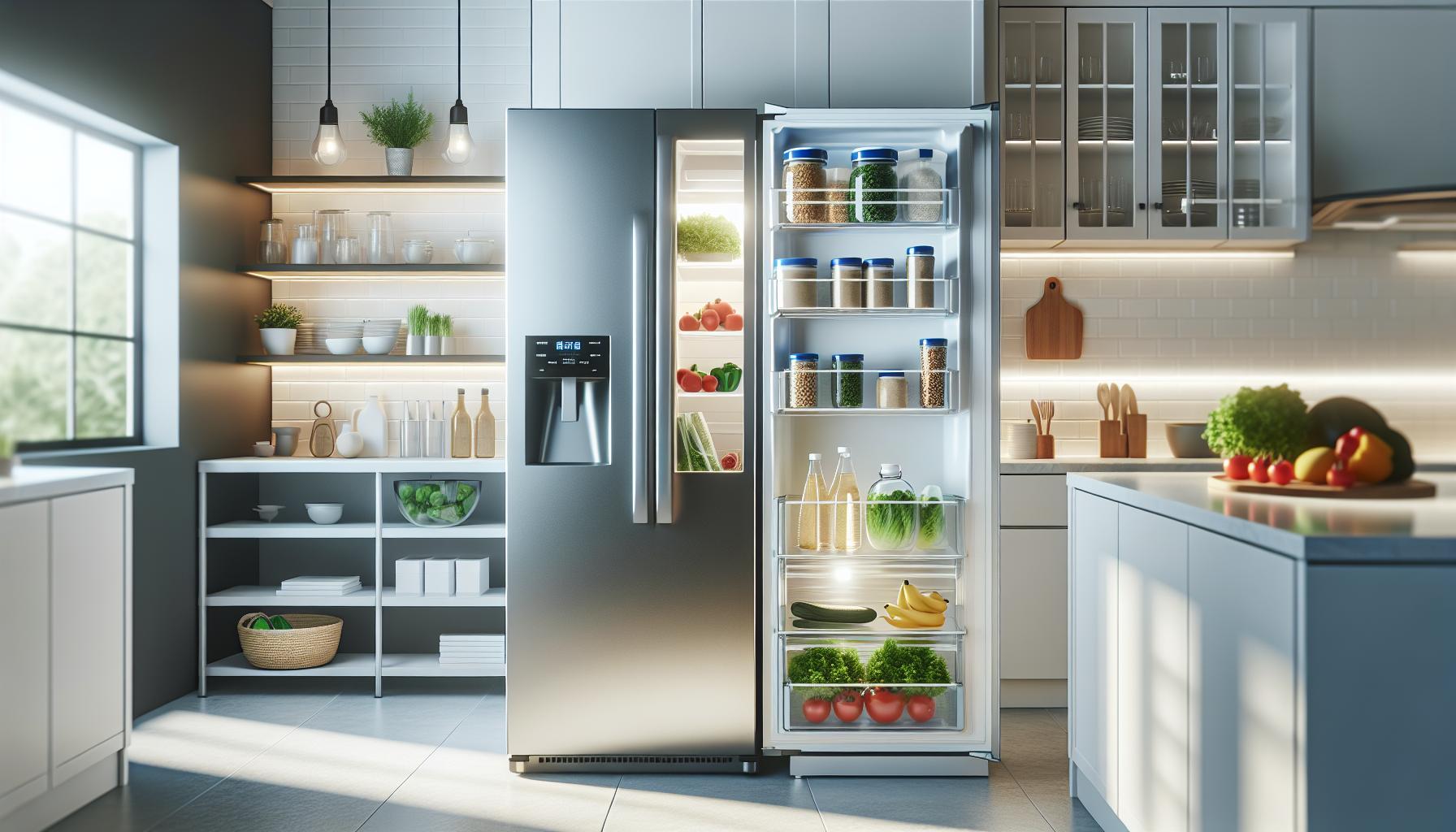
Signs Your Propane Is Running Low
When grilling up your favorite backyard delights, the last thing you want is to discover your propane tank is running low midway through your cookout. Recognizing the signs can save you from a frustrating interruption. One of the first indicators is the performance of your grill. If you notice that your grill is taking longer to heat up or is struggling to maintain temperature, it could be a sign that you are running low on fuel. A drop in cooking efficiency can mean your tank is nearing empty.
Another telltale sign is the sound of the propane flow. When the tank is full, you’ll hear a consistent and steady sound as the propane feeds into the grill. When the tank is running low, this sound may change to a hissing noise or even become quieter, indicating reduced gas pressure. Additionally, if you find that your flames are flickering or uneven, it’s a clear indication that your propane supply may be dwindling.
You can also perform a simple visual and physical check: weigh the tank. A full 20-pound tank typically weighs around 37 pounds, while an empty one weighs about 17 pounds. By lifting the tank and checking its weight, you can gauge whether it feels lighter than normal. If you’re unsure, a liquid leak detection method involves using a soapy water solution on the connection points-bubbles will form if there’s a leak indicating that propane is escaping.
Lastly, many modern propane tanks come with a gauge or indicators to inform you of the fuel level. Utilizing these can help you preemptively refill before running out. Regularly checking your propane levels will not only help ensure a seamless grilling experience but will also make you a master of outdoor culinary planning.
Tips for Extending Your Propane Supply
To make the most out of your propane supply and ensure your grill sessions are seamless, several proactive strategies can be employed that, when followed, may allow you to extend your propane usage significantly. The first consideration is optimizing your cooking methods. For instance, using indirect grilling, where food is cooked next to a heat source rather than directly over the flames, can effectively reduce propane consumption. This method not only minimizes fuel use but also helps in achieving evenly cooked meals that can enhance flavor and texture.
Another essential aspect is preheating your grill efficiently. Rather than turning it on to high as soon as you start cooking, gradually increase the temperature. This practice not only reduces the initial fuel consumption but also helps maintain consistent cooking temperatures. Additionally, keeping the lid closed while cooking can trap heat and reduce the cooking time, which further conserves propane.
- Cook in batches: When you have multiple items to grill, cook them all at once rather than heating the grill multiple times.
- Keep the grill clean: A dirty grill can impede airflow and cause uneven heating, leading to longer cooking times and increased fuel use. Regularly clean your grill grates and burners.
- Plan meals: By planning meals that use similar cooking times and temperatures, you can maximize the efficiency of your grilling sessions.
- Invest in a good quality grill: Higher quality grills tend to be more efficient and provide better heat retention, which can significantly reduce fuel consumption.
When storing your propane tank, always ensure it is in a cool, dry area away from direct sunlight. Temperature fluctuations can cause pressure variations in the tank, potentially affecting the performance of your grill. Furthermore, keeping your tank away from heat sources will prolong the lifespan of the propane itself.
In addition to these practices, investing in a propane gauge can provide peace of mind by allowing you to monitor your usage. These gauges help predict when it’s time to refill, preventing any unexpected interruptions during your grilling sessions. Ultimately, blending effective cooking techniques with proper maintenance and storage will not only help you extend your propane supply but also elevate your overall grilling experience.
Choosing the Right Propane Tank Size
When it comes to enjoying uninterrupted grilling sessions, selecting the appropriate propane tank size is crucial. The size of your tank directly affects how long you can cook before needing a refill. Standard propane tanks come in various capacities, with the most common sizes being 20-pound, 30-pound, and 40-pound tanks. A 20-pound tank typically provides around 18-20 hours of cooking time on a standard gas grill, depending on the grill’s BTU (British Thermal Unit) rating and the heat setting used.
To choose the right size for your grilling needs, consider not only how often you grill but also the size of the meals you’ll be preparing. For casual weekend grilling, a 20-pound tank may be sufficient. However, if you frequently host larger gatherings or cook for a big family, upgrading to a 30 or 40-pound tank could be more cost-effective and convenient. A larger tank means fewer trips to refill, allowing you to enjoy longer grill time without interruptions.
Understanding Propane Consumption
It’s also essential to understand how different factors impact propane consumption. High-temperature cooking methods, such as searing, will use propane more quickly than low-and-slow methods like roasting. To estimate your needs accurately, take note of your grilling habits and the specific BTU rating of your grill. For instance, a grill with a higher BTU rating may consume fuel more rapidly, suggesting a need for a larger tank.
Additionally, the type of food being grilled can influence how long your propane lasts. Cooking multiple items at once or using a grill basket can maximize efficiency, allowing you to get more use out of your fuel. To ensure you’re not left without fuel during a cookout, installing a propane gauge can be an invaluable tool, making it easier to monitor your tank levels.
- 20-pound tank: Ideal for casual grilling, lasts about 18-20 hours.
- 30-pound tank: Suitable for larger gatherings, can provide up to 30 hours of cooking.
- 40-pound tank: Best for frequent grilling and larger cookouts, offering around 36-40 hours of use.
By for your grilling frequency and style, you can ensure a smooth and enjoyable grilling experience with less hassle and more fun.
Understanding Propane Pressure and Performance
Understanding how propane pressure affects grill performance is crucial for ensuring that your cooking experience is both efficient and effective. Propane is stored in tanks at a high pressure, and when it is released into the grill, it becomes a gas that burns to produce heat. The pressure in the tank can fluctuate based on temperature and the level of propane remaining. For instance, a full tank maintains a higher pressure than one that is nearing empty, which can influence the flame intensity and, consequently, the cooking performance.
When you ignite your grill, the propane flows from the tank through a regulator that controls the pressure and ensures a steady release of gas. This regulator is essential, as it helps maintain consistent cooking temperatures by adjusting to changes in pressure as the tank empties or if external temperatures shift. Understanding the role of the regulator can help you troubleshoot issues like inconsistent flames or heating. If your grill has a low flame, it may indicate that the pressure is dropping because the tank needs refilling or could have a faulty regulator.
To maximize your grill’s performance, keep an eye on the weather conditions, as extreme cold can decrease propane pressure. For optimal results, consider using a propane heater if you plan to grill in colder temperatures; this raises the temperature of the propane before it enters the grill, ensuring efficient combustion. Always ensure that your grill is properly maintained and that all connections are secure to prevent leaks, which can compromise both safety and effectiveness.
Additionally, installing a pressure gauge on your tank can provide real-time monitoring of pressure levels, allowing you to predict fuel needs more accurately. This proactive approach can prevent running out of propane right in the middle of a cookout. Following these tips not only enhances grilling performance but also promotes a safe and enjoyable outdoor cooking experience.
Safety Tips for Using Propane in Grills
Ensuring safety while grilling with propane is paramount, as it not only protects you and your loved ones but also enhances your overall grilling experience. Propane is a highly flammable gas, and using it improperly can lead to serious accidents. Start by inspecting your grill and propane tank before each use. Look for any signs of leaks, such as a hissing sound or the smell of rotten eggs, which is the odorant added to propane for detection. If you suspect a gas leak, immediately turn off the tank, ventilate the area, and do not ignite any flames.
Always follow the manufacturer’s instructions regarding the connection and disconnection of hoses and fittings, ensuring they are securely attached. Make it a habit to check the hoses for cracks or damage, as these issues could result in leaks. Furthermore, keep your grill in a well-ventilated area, preferably outdoors, to prevent the buildup of gas. If you’re having a cookout, remember to keep children and pets at a safe distance from the grill while it’s in use.
Storing Propane Tanks Safely
Storage is another critical aspect of propane safety. Always store your propane tank upright in a shady, well-ventilated area, away from heat sources or sources of ignition. Never store a full tank in a closed garage or basement; outdoor storage is best, and it’s important that the tank is secured to prevent it from being knocked over. When transporting propane tanks, keep them vertical and ensure they are properly secured in your vehicle.
In addition, familiarize yourself with the proper procedures for refilling and replacing your propane tanks. Whenever you replace an empty tank, check that the new tank is compatible with your grill model. Utilizing a swing-away propane gauge can also be helpful; this device allows you to monitor propane levels consistently, helping you avoid running out mid-cookout.
By adhering to these safety tips and practices, you can enjoy grilling without interruptions and ensure that each barbecue is not only delicious but also safe for everyone involved. Being proactive about these precautions will give you peace of mind, allowing you to focus on what really matters: cooking up great meals and making unforgettable memories with family and friends.
Best Practices for Propane Grill Maintenance
Keeping your propane grill in prime condition not only extends its lifespan but also enhances your cooking experience. With proper maintenance, you can avoid unexpected disruptions during your BBQ sessions due to equipment failures. Start by regularly cleaning your grill to remove grease and food residues that can affect performance and create fire hazards. A simple cleaning routine can involve brushing the grates after each use with a grill brush, ensuring that accumulated debris does not interfere with even heating.
It’s also essential to check the propane tank and its connections frequently. Inspect the hoses for any signs of wear, such as cracks or brittle spots, and ensure that the connections are secure. To test for leaks, apply a soap and water solution to the joints and fittings; bubbles will form if there’s a leak. This should be done every time you replace the tank or before the grilling season starts. Additionally, ensure that the regulator is functioning properly. If the grill exhibits inconsistent flames, it may be time to replace the regulator to ensure a steady flow of gas.
Regular Inspections and Upkeep
Incorporating a habit of regularly inspecting key components of your grill can save you from last-minute repairs. Check the burners for clogs and clean them with a soft brush or compressed air to guarantee that gas flows smoothly. This prevents hot spots and ensures that your food cooks evenly. After each grilling season, consider performing a thorough deep clean of the grill. Disassemble removable parts, soak them in warm soapy water, and scrub them thoroughly before reassembling.
Moreover, always store your grill appropriately. If possible, cover your grill with a weather-resistant cover when not in use to protect it from the elements. This prevents rust and deterioration of materials, ensuring that your grill remains ready for your next cooking adventure.
Additional Tips for Longevity
- Follow Manufacturer Guidelines: Adhere to recommendations provided by the grill manufacturer regarding maintenance and safety precautions.
- Season the Grates: Regularly oil the grates to create a non-stick surface, making cleanup easier and improving the grilling experience.
- Use Quality Fuel: Investing in high-quality propane ensures optimal performance and reduces the chance of issues.
- Be Proactive: Don’t wait for problems to arise. Scheduled maintenance will instill confidence in your equipment’s reliability, allowing you to enjoy uninterrupted grilling.
By committing to these maintenance practices, you can ensure that your propane grill remains in excellent working condition, allowing you to enjoy seamless BBQ sessions while focusing on the delicious meals you’re preparing.
Alternatives to Propane Grilling
Exploring can open up a world of flavors and cooking methods that might heighten your grilling experience. While propane is a popular choice for its convenience and efficiency, various other fuel sources can enhance your outdoor cooking journey, each with its unique characteristics and benefits.
Charcoal grilling is one of the most traditional methods. The distinctive smoky flavor produced by burning charcoal cannot be replicated with propane, making it a preferred option for many grilling aficionados. Different types of charcoal, such as briquettes or lump charcoal, offer varying burn times and heat levels. To achieve a specific temperature, it’s essential to manage the airflow through the grill, allowing for control over how hot the coal gets. Moreover, using natural hardwood charcoal can impart unique flavors that complement various meats and veggies.
For those seeking a more eco-friendly option, electric grills are becoming increasingly popular. They eliminate the need for gas or charcoal, using electricity to generate heat. This option is particularly convenient for grilling in urban settings or places where open flames are restricted. Electric grills typically require less cleanup since they don’t leave behind ash like charcoal. However, their flavor profile might differ since they don’t provide the same smokiness as propane or charcoal. Always ensure that electric grills are correctly set up and possess proper safety features to avoid hazards.
Smoking is another excellent alternative, which can be done using specialized smokers or smoker boxes. This method allows you to slow-cook meats and infuse them with rich, deep flavors from wood chips like hickory, mesquite, or applewood. When using a propane grill, you can also create a smoking effect by placing soaked wood chips in a smoker box over indirect heat. This dual approach can allow you to enjoy the benefits of both grilling and smoking, delivering tender, flavorful results.
Lastly, if you’re in search of a modern twist, consider using a pellet grill. These grills utilize wood pellets made from compressed sawdust, offering convenience similar to propane while imparting a natural smoky flavor. They allow for precise temperature control through a digital interface and can handle various cooking styles from grilling to smoking and even baking. Ensure that the pellets used are of high quality to avoid unnecessary additives that may affect the flavor of your grilled items.
In summary, whether you choose charcoal for its traditional tastes, electric for convenience, smoking for depth, or pellet grilling for versatility, exploring these alternatives can enhance your grilling experiences while also catering to specific needs or preferences. Adopting one of these methods can elevate your outdoor cooking game, ensuring your BBQ sessions are as enjoyable and flavorful as possible.
FAQs About Propane and Grilling
When it comes to grilling, understanding propane’s usage can be crucial for uninterrupted BBQ experiences. One of the most frequently asked questions is how long propane lasts when grilling. On average, a standard 20-pound propane tank lasts about 18 to 20 hours when used at medium heat. However, this can vary significantly based on several factors, including grill efficiency, the type of food being cooked, and the temperature settings used. For instance, searing steaks at high heat will consume propane more quickly than grilling vegetables at a lower temperature.
To ensure that you’re maximizing your propane usage, consider the following practical tips. First, preheat your grill for only about 10 minutes; extending this time unnecessarily can waste fuel. Next, reduce flare-ups by keeping the grill clean and oiling the grates before cooking. Incorporating indirect cooking methods, where food is placed next to the flame instead of directly over it, can also help conserve propane. This technique not only reduces fuel consumption but often leads to more evenly cooked meats.
Another common query is how to tell when your propane tank is running low. Some signs include decreased heat output and a hissing sound from the regulator during operation. To avoid running out mid-grill, keep an extra tank on hand, or use a propane gauge to monitor remaining levels. Remember that safety is paramount-always store propane tanks in an upright position in a well-ventilated area away from direct sunlight and heat sources.
If you’re new to grilling or simply want to ensure a seamless experience, understanding propane management is key. By being mindful of your grill’s settings, checking your tank regularly, and knowing how to use propane efficiently, you can enjoy delicious, uninterrupted BBQ sessions all summer long.
Frequently Asked Questions
Q: How long can I expect a 20 lb. propane tank to last when grilling?
A: A standard 20 lb. propane tank typically lasts about 18 to 20 hours of cooking time on a medium heat grill. However, this duration can vary based on grill settings and the type of food being cooked. To maximize usage, refer to the section on factors affecting propane consumption.
Q: What factors influence how long propane lasts in my grill?
A: The duration propane lasts depends on grill size, heat settings, and cooking methods. Higher heat and longer cooking times consume more propane. Additionally, cooking for larger groups or using side burners can decrease efficiency. For a deeper understanding, consult the article on factors affecting propane consumption.
Q: Can I check how much propane is left in my tank?
A: Yes, you can check your propane level by weighing the tank. A full 20 lb. tank weighs about 37 lbs. If it feels significantly lighter, it may be time to refill. You can also use a propane gauge for easier monitoring, which is detailed in the signs your propane is running low section.
Q: How can I extend the life of my propane tank while grilling?
A: To extend your propane supply, preheat the grill efficiently, avoid prolonged flare-ups, and optimize cooking methods like using indirect heat. Learning tips for extending your propane supply can significantly enhance your grilling experience.
Q: What should I do if my grill runs out of propane mid-cook?
A: If your grill runs out of propane unexpectedly, turn off the burners to prevent flare-ups. Allow the grill to cool before replacing the tank. Always have a spare tank available for uninterrupted BBQ sessions. This situation is covered in the article on signs your propane is running low.
Q: What is the ideal propane tank size for long cooking sessions?
A: For extended cooking sessions, a larger tank, such as a 30 lb. or 40 lb. tank, is advisable. These sizes can provide more cooking time and reduce the frequency of tank changes, making them ideal for frequent grilling.
Q: How do temperature settings affect propane usage?
A: Higher temperature settings lead to increased propane consumption. Cooking at medium or low heat allows you to grill longer without running out of propane quickly. For best practices, check the section on understanding propane pressure and performance.
Q: Is it safe to keep a propane tank in the garage while not in use?
A: Storing propane tanks in a cool, ventilated, and outdoor area is safest. Garages can get hot, which raises the risk of pressure build-up. Follow safety tips in the article for proper propane storage and handling to ensure safe grilling practices.
Feel free to explore related sections for more insights on optimizing your grilling experience with propane!
In Summary
Now that you know how long propane lasts on a grill and have tips to BBQ without interruptions, it’s time to make your next cookout even better. Remember, the longevity of your propane can depend on many factors, so keep track of usage to avoid surprises.
If you want to dive deeper, check out our related articles on how to choose the right propane tank or troubleshooting common grill issues. Don’t forget to subscribe to our newsletter for exclusive tips and recipes that will elevate your grilling game! We always welcome your thoughts, so drop a comment below if you found this information helpful or have other grilling questions. Get ready to fire up that grill and enjoy delicious meals with confidence!

